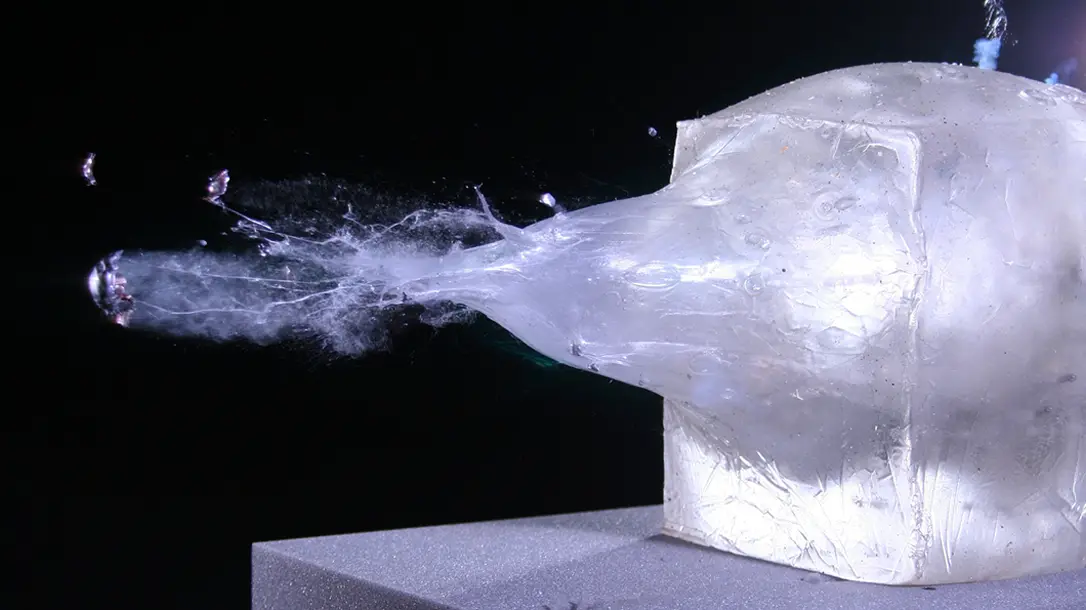A lot of factors go into winning a gunfight. One of the most important and least understood is the ammunition that is fired. While many companies talk about how their ammo performs, few people understand what goes into it. It’s time to go down the rabbit hole to start understanding FBI ammo testing.
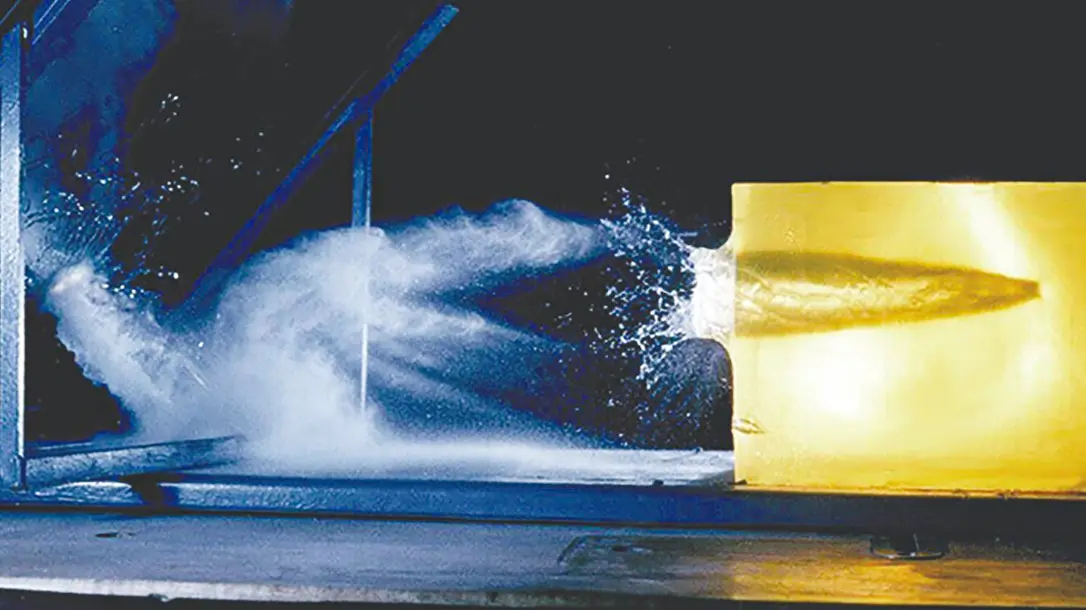
It’s Time to Decode the FBI Testing Protocols
The number of anecdotes and myths about what bullets will and will not do could fill a book that would make the Bible look short. Everyone wants a round that will stop a bad guy with one shot, function reliably, and cost next to nothing—without overpenetration. There is one authority that sets the bar of whether a round is considered good enough for law enforcement to carry. The FBI set the standard when it comes to penetration testing protocol. Many shooters know it exists, but very few know what it is. This is a quick explanation of what you should know about this test.
Advertisement — Continue Reading Below
In 1988, the FBI Firearms Training Unit (FTU) first implemented its ammunition tests. This evolved after the infamous Miami shootout in 1986. The criteria for the FBI ammo tests were based on research from ballistic researchers and a variety of medical experts. For example, when shooting through clothing, they used to use a down comforter to simulate a down-filled coat. In 2004, they switched to Polartec 200 fleece because it is a more consistent testing material, and the use of down in clothing has dropped dramatically since 1988.
Test Rundown
The FBI ammo tests consist of six separate tests that consist of shooting into 10-percent ballistic gelatin, simulating human flesh. Each round must penetrate from 12 to 18 inches of gelatin in each of the tests. The tests measure several factors: total penetration, maximum temporary cavity, and round expansion, amongst others. The tests include: (1) bare gelatin (2) heavy clothing (3) steel (4) wallboard (5) plywood and (6) automobile glass.
The bare gelatin test is self-explanatory.
Advertisement — Continue Reading Below
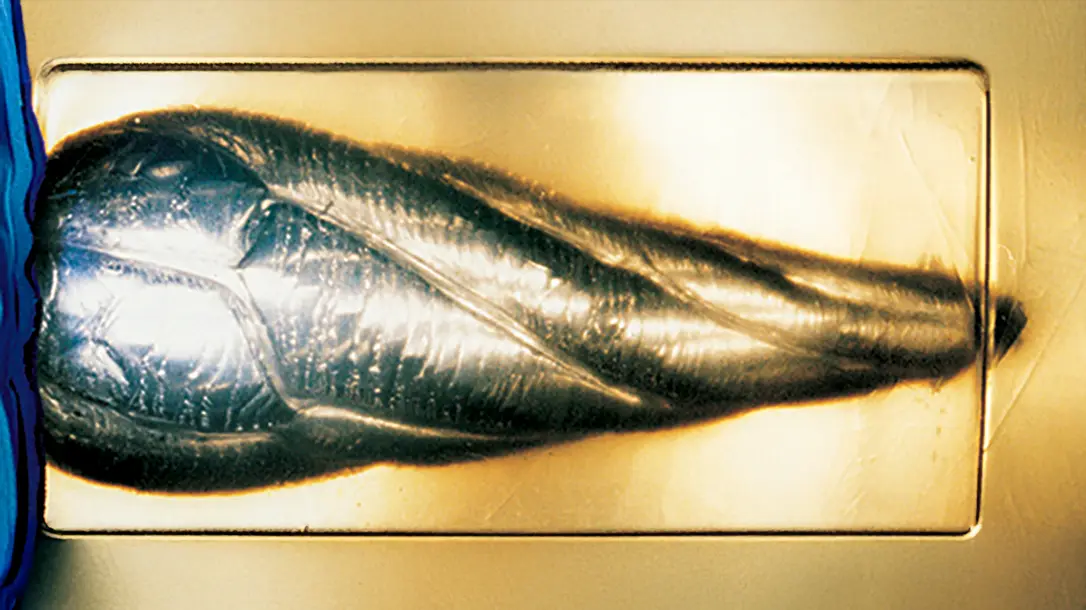
For the “heavy clothing test,” a cotton T-shirt, cotton shirt, a layer of fleece and a layer of denim simulate heavy clothing.
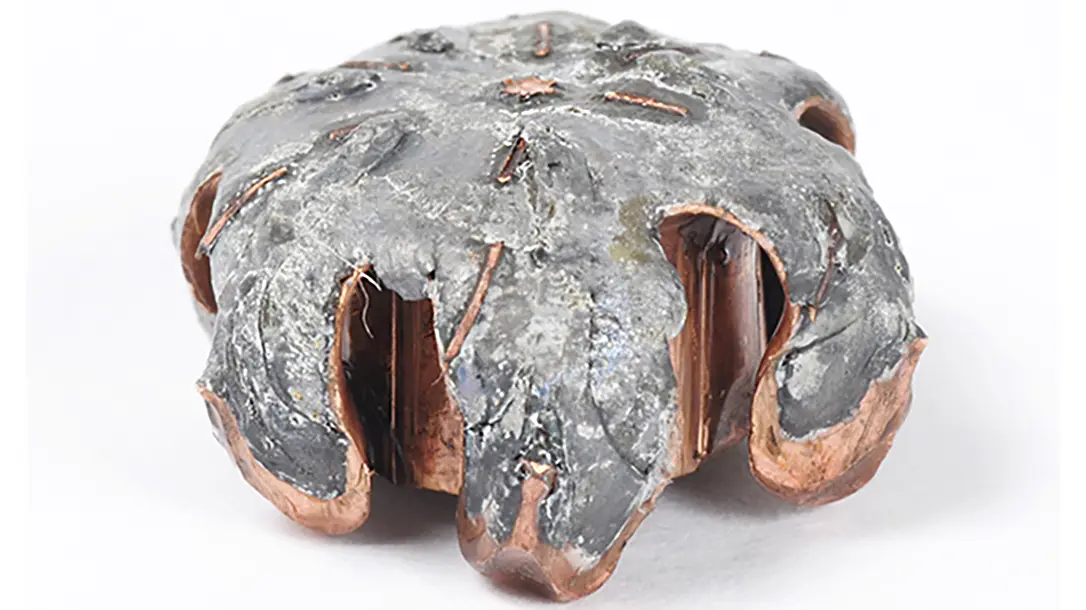
Advertisement — Continue Reading Below
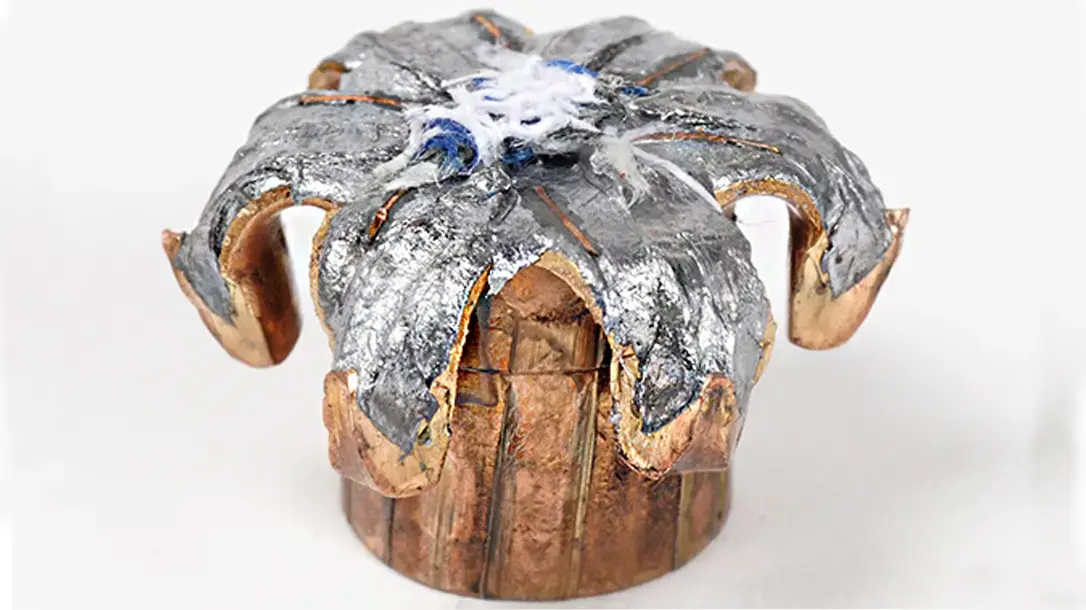
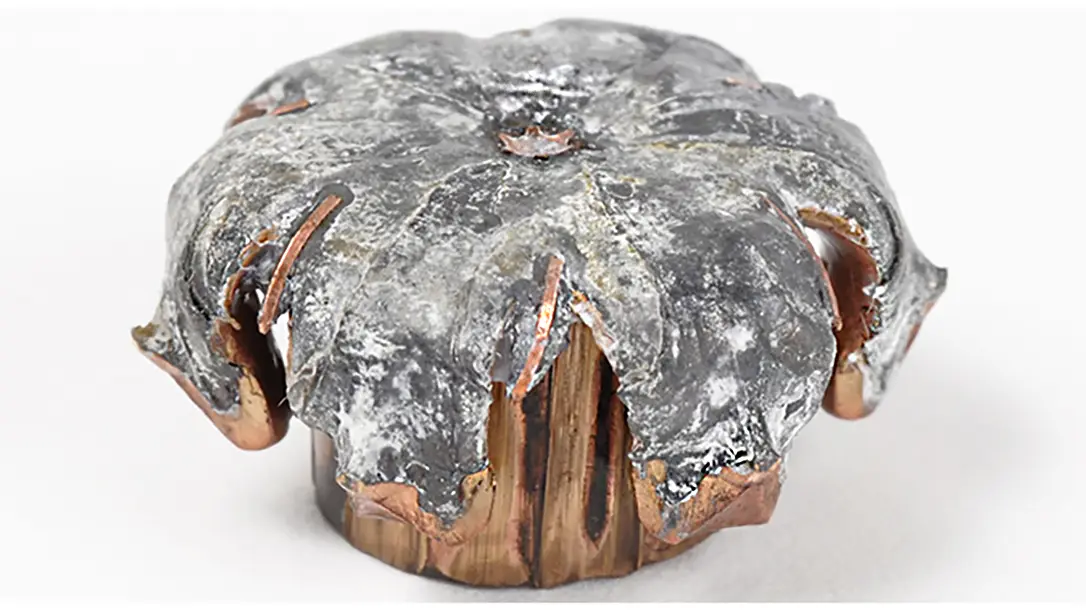

Advertisement — Continue Reading Below
The steel test utilizes two pieces of 20-gauge steel set 3 inches apart. This simulates shooting through a car door. The wallboard test requires two pieces of half-inch gypsum (aka drywall) set 3.5 inches apart. This simulates shooting through most interior walls. The plywood test uses a 0.75-inch-thick board to simulate shooting through a wooden door. Finally, the auto glass is 0.25-inch laminated safety glass set at an angle of 45 degrees to the floor and 15 degrees to the side. This simulates standing at the left-front quarter panel and shooting into a car at the driver of the vehicle.
Bar none, it is the auto glass test that separates the men from the boys. Lots of rounds can pass tests #1 through #5, but test #6 tends to be the toughest for most FBI ammo to overcome.
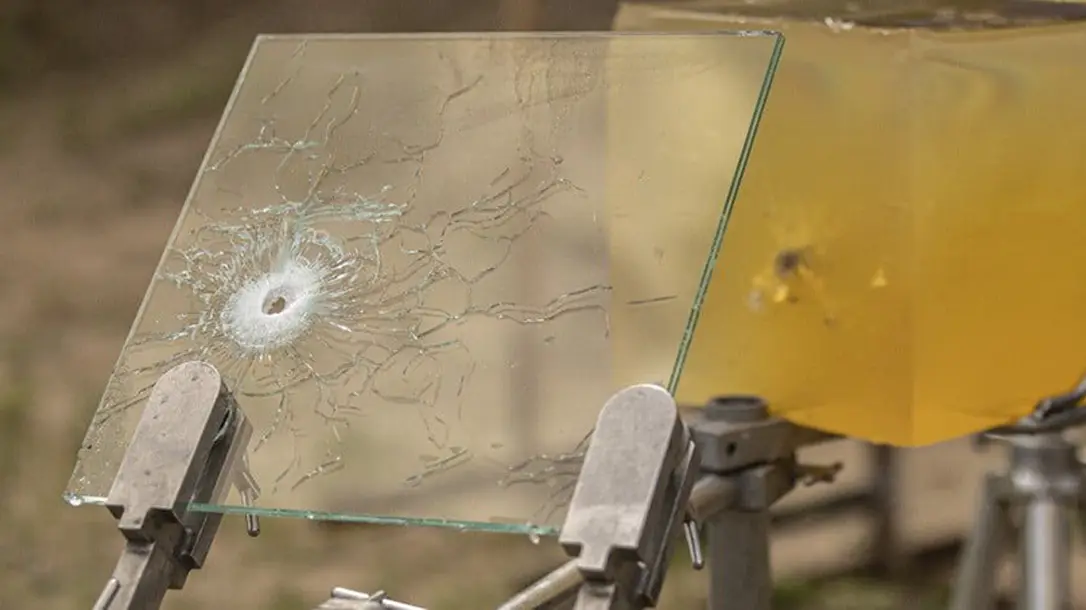
Advertisement — Continue Reading Below
FBI Ammo Protocol
I interviewed the Centerfire Product Manager at Winchester Ammunition, to get a better understanding of the testing protocol and what it means to the ammunition industry. They explained that there used to be other testing protocols, such as those from the International Wound Ballistics Association (IWBA). Today, the FBI’s penetration testing has become the standard for the industry. Having an objective third-party standard has remarkably increased consistency in the performance of law enforcement ammunition. They explained, “It has forced ammo companies to rigidly test their product more than they did 25 years ago. The more you test, the more you learn.”
There is no perfect round. Far too many factors and chance circumstances come into play. However, the FBI FTU has looked at thousands of real-world shootings and used the data to outline the most common conditions that cops will find in a life-and-death gunfight. The FBI’s penetration testing protocol exists today to make sure that bullets will perform up to an objective, repeatable standard. This is why today’s law enforcement ammunition is the best it has ever been.
For more information, visit: https://www.fbi.gov/how-we-investigate/training
Advertisement — Continue Reading Below
